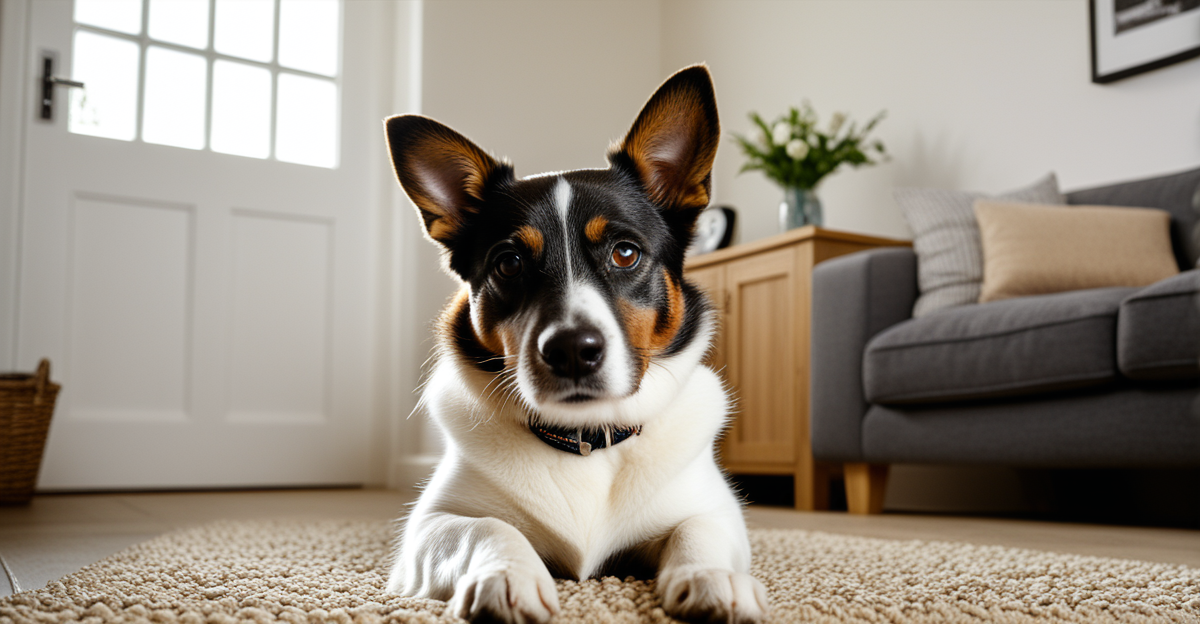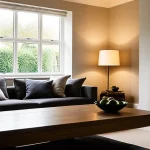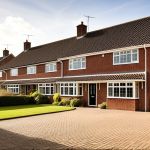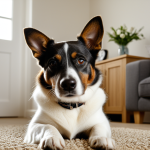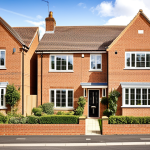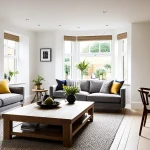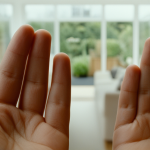Essential Steps for Pet-Proofing Your UK Home
Creating a safe space for pets is paramount when pet-proofing a UK home. Begin by identifying potential household hazards that might pose risks to your furry friends. Common dangers include exposed electrical cords, toxic cleaning supplies, and unsecured cupboards containing harmful substances. Ensure these items are securely stored or out of reach to prevent accidents.
Pet home preparation also involves selecting appropriate flooring and surfaces tailored to pets’ needs. Opt for durable, pet-friendly flooring such as vinyl or sealed hardwood, which withstands scratches and can be easily cleaned. Avoid materials like delicate carpets that can trap dirt or be stained.
Also read : How Can You Transform Your Living Space with a UK Aesthetic?
Accessibility and comfort vary depending on pet breeds and sizes. For instance, smaller pets may benefit from ramps or lower beds, while larger breeds require sturdy furniture and ample space to move freely. Thoughtful pet home preparation maximizes safety and wellbeing, making your home a welcoming environment for all pets. Emphasizing these essential steps ensures your UK home is both functional and comfortable, allowing you to enjoy a harmonious life alongside your animals.
Recommended Materials and Furnishings for Pet Owners
Choosing pet-friendly furniture is essential in creating a durable and comfortable living space that suits both pets and owners. When selecting materials, prioritise scratch-resistant and washable fabrics such as microfiber, leather alternatives, or tightly woven textiles. These materials withstand wear from claws and are easier to clean, reducing stains and odours.
Additional reading : How can you effectively use lighting to enhance UK home interiors?
Stain-resistant rugs and pet-proof upholstery further enhance durability and maintain a fresh environment. Investing in these materials minimizes the need for costly replacements and helps the furniture look newer for longer. Many pet-proof options use innovative coatings or weaves designed explicitly to resist pet-related damage.
Additionally, incorporating non-slip mats and covers protects surfaces and prevents pets from slipping, which is particularly beneficial for older or more active animals. Pet-specific furniture, like beds with removable, washable covers, supports hygiene and comfort while integrating seamlessly into your home’s design.
By carefully choosing suitable materials for pets, owners achieve a balance between style, practicality, and pet wellbeing. This careful pet home preparation complements safety measures and contributes to a harmonious household where pets feel comfortable and protected. Investing in appropriate furnishings is a proactive step in managing pet-related wear and maintaining a welcoming home environment.
Safe Plant Choices and Household Adaptations
Choosing pet-safe plants in the UK is crucial for effective pet-proofing a UK home. Many common household plants are toxic to pets, such as lilies, azaleas, and ivy. Knowing these toxic plants for pets helps prevent accidental ingestion that can cause severe health issues. Opt instead for non-toxic varieties like spider plants, Boston ferns, and areca palms, which pose minimal risk.
When creating a safe space for pets, adapt your rooms and gardens by incorporating pet-safe plants UK owners can trust. This enhances your pet home preparation by ensuring both indoor and outdoor greenery is safe and stimulating. Additionally, designate specific zones for feeding and resting. These areas reduce clutter and provide pets with consistent places that meet their needs comfortably and hygienically.
Household adaptations may also include securing plant pots to prevent tipping and avoiding toxic fertilisers or pesticides that harm animals. Gradually introducing pets to new room setups or garden areas promotes smooth adjustment and reduces stress. Through thoughtful selection of pet-safe plants and mindful home adaptations, you safeguard pets while enriching their environment within your UK home. This balanced approach supports their health and well-being effectively.
Essential Steps for Pet-Proofing Your UK Home
Creating a safe space for pets begins with thorough pet home preparation that addresses common hazards. Start by identifying risks like exposed electrical cords, unsecured cleaning products, and open cupboards containing toxic substances. Secure these items high or in locked cabinets to eliminate dangers.
Flooring plays a vital role in pet-proofing a UK home. Opt for durable, pet-friendly flooring such as vinyl, laminate, or sealed hardwood. These surfaces withstand scratches, resist stains, and allow easy cleaning — essential qualities when maintaining a hygienic environment for pets. Avoid delicate carpets or porous materials that trap dirt and pet odors.
Accessibility is critical in ensuring comfort for various pet breeds and sizes. For smaller animals, consider ramps or lowered resting areas to ease mobility, while larger pets require robust seating and open spaces to move freely without injury.
A well-planned pet-proofing UK home approach balances safety, convenience, and comfort. Prioritising these elements in your pet home preparation fosters a harmonious environment tailored to your pets’ needs, reducing accidents and enhancing their wellbeing throughout your living space.
Essential Steps for Pet-Proofing Your UK Home
Creating a safe space for pets demands meticulous pet home preparation focused on eliminating hazards. Begin by identifying potential household dangers such as exposed electrical cords, open cupboards with cleaning products, and small objects pets might swallow. Secure these using cord protectors, childproof locks, or high shelves to prevent accidental injury or poisoning.
Choosing durable, pet-friendly flooring is crucial for maintaining a safe, hygienic home environment. Popular UK options include vinyl and sealed hardwood, both resistant to scratches and easy to clean. These surfaces reduce slip risks and facilitate removal of pet hair and dirt, unlike carpets that trap allergens and stains.
Considering accessibility enhances comfort for all pet breeds and sizes. For example, ramps assist small or elderly animals in navigating steps, while open floor layouts provide larger dogs ample space for exercise. Providing a variety of resting places at different heights caters to individual pet preferences, supporting physical wellbeing.
By integrating these steps into your pet-proofing a UK home strategy, you create a practical, secure setting tailored to your pets’ needs. This proactive approach supports their safety and happiness while giving you greater peace of mind.
Essential Steps for Pet-Proofing Your UK Home
Creating a truly safe space for pets hinges on meticulous pet home preparation focused on hazard prevention. Begin by identifying potential dangers such as exposed electrical cords, unsecured cleaning chemicals, and small objects pets might ingest. Securing these with cord protectors, childproof locks, or storing on high shelves is vital in pet-proofing a UK home effectively.
Flooring choice plays a critical role. Opt for durable, pet-friendly flooring materials like vinyl or sealed hardwood that resist scratches and stains while facilitating easy cleaning. These surfaces reduce slipping risks and prevent dirt accumulation compared to carpets, enhancing hygiene and safety.
Accessibility also demands attention. Different breeds and sizes have varying needs—ramps help smaller or elderly pets navigate heights comfortably; spacious, obstacle-free layouts allow larger pets to move safely. Providing resting spots at various levels addresses pets’ physical comfort and behavioural preferences.
Through strategic selection and safeguarding of household elements, pet-proofing a UK home becomes a practical process. Prioritising durable flooring, hazard elimination, and inclusive accessibility transforms your home into a secure environment where pets thrive and owners find peace of mind.

